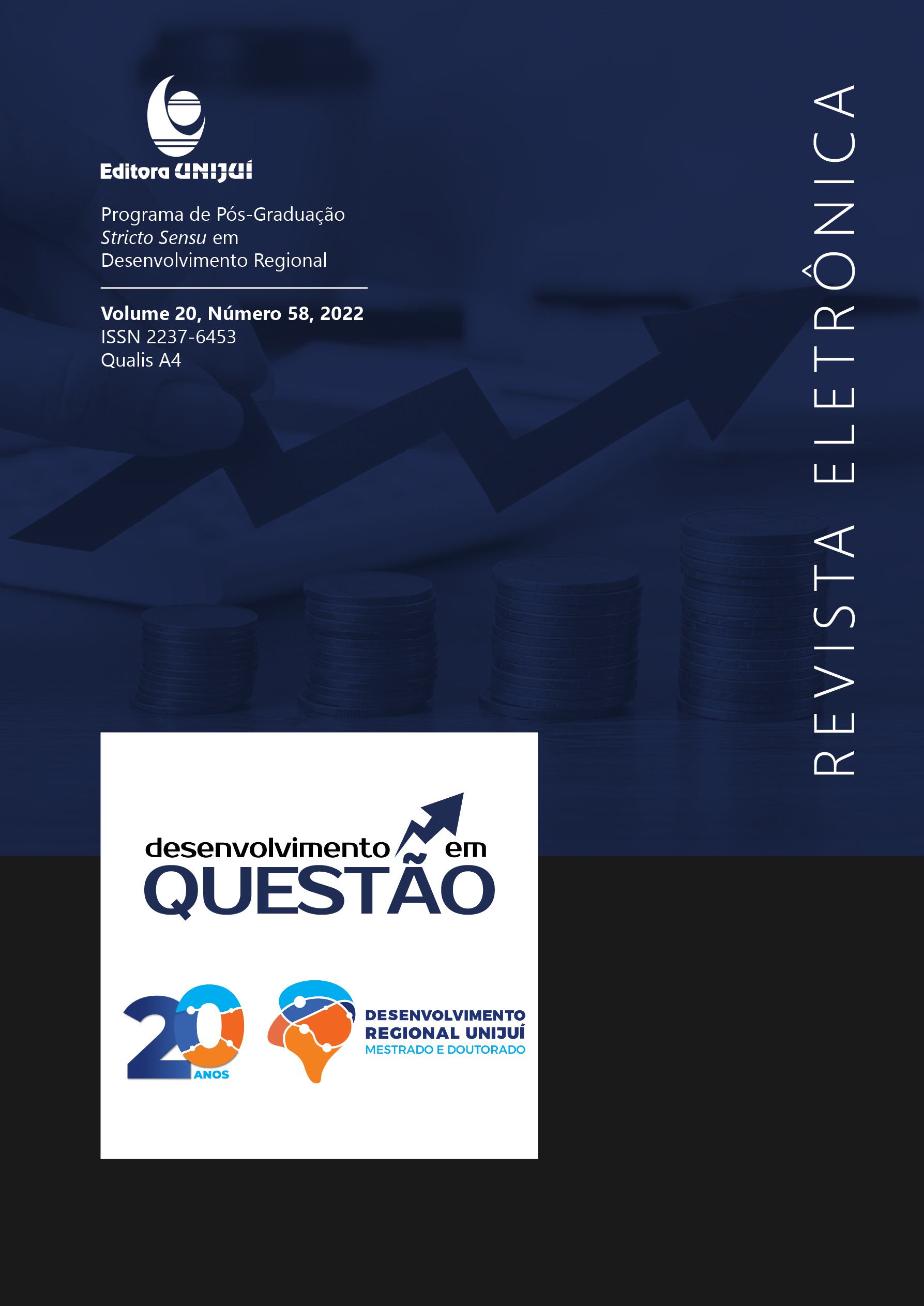Corporate Governance: a study in a family company from the branch of machines and agricultural implements
DOI:
https://doi.org/10.21527/2237-6453.2022.58.11969Keywords:
Corporate Governance; Family Governance; Family FirmsAbstract
The present study aimed to evaluate the corporate governance structures from a company in the agricultural machinery and implements business and from the owner family. To this end, a case study was carried out with qualitative analyzes of the evidence collected through bibliographic, documentary research, semi-structured interviews with managers and non-participant observation in the company. Through content analysis, the triangulation of evidence was made comparing the governance practices adopted by the family and the company, with those recommended by the literature review. As a result, it was identified the existence of some control mechanisms and the use of governance principles, in addition improvements were suggested in the governance practices adopted by the company, such as the implementation of the directors’ board and the fiscal council, among others. It was also proposed to implement family governance mechanisms, such as the family assembly and the family council. Contributions are limited to the company and the family studied, as a professional result of the research. However, for the academy, research contributes to the advancement of knowledge about family governance of a specific type of organization: in the field of agricultural machinery and implements, as well as for family governance. The study also generates insights for other research, especially in other family business of any industry and size that intend to improve their governance structure and harmonize the family business with family values.
Downloads
Published
How to Cite
Issue
Section
License
Copyright (c) 2022 Desenvolvimento em Questão

This work is licensed under a Creative Commons Attribution 4.0 International License.
By publishing in Revista Desenvolvimento em Questão, authors agree to the following terms:
All works are published under the Creative Commons Attribution 4.0 International License (CC BY 4.0), which allows:
Sharing — to copy and redistribute the material in any medium or format;
Adaptation — to remix, transform, and build upon the material for any purpose, even commercially.
These permissions are irrevocable, provided that the following terms are respected:
Attribution — authors must be properly credited, a link to the license must be provided, and any changes made must be indicated.
No additional restrictions — no legal or technological measures may be applied that legally restrict others from doing anything the license permits.
Notices:
The license does not apply to elements that are in the public domain or covered by legal exceptions.
The license does not grant all necessary rights for specific uses (e.g., image rights, privacy, or moral rights).
The journal is not responsible for the opinions expressed in the articles, which are the sole responsibility of the authors. The Editor, with the support of the Editorial Board, reserves the right to suggest or request modifications when necessary.
Only original scientific articles presenting research results of interest that have not been previously published or simultaneously submitted to another journal with the same purpose will be accepted.
Mentions of trademarks or specific products are intended solely for identification purposes and do not imply any promotional relationship by the authors or the journal.
License Agreement (for articles published from 2025 onward): Authors retain the copyright to their article and grant Revista Desenvolvimento em Questão the right of first publication.











